Jed Wentz & Musica Ad Rhenum - Telemann: Traverso Concertos (2018)
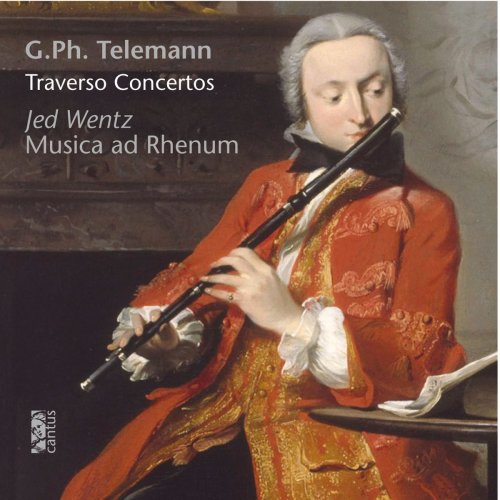
Artist: Jed Wentz, Musica Ad Rhenum
Title: Telemann: Traverso Concertos
Year Of Release: 1995
Label: Cantus Records
Genre: Classical
Quality: flac lossless +booklet
Total Time: 01:08:00
Total Size: 334 mb
WebSite: Album Preview
TracklistTitle: Telemann: Traverso Concertos
Year Of Release: 1995
Label: Cantus Records
Genre: Classical
Quality: flac lossless +booklet
Total Time: 01:08:00
Total Size: 334 mb
WebSite: Album Preview
---------
01. Concerto for Traverso and Violin in E Minor, TWV 52:E3: I. Allegro
02. Concerto for Traverso and Violin in E Minor, TWV 52:E3: II. Adagio
03. Concerto for Traverso and Violin in E Minor, TWV 52:E3: III. Presto
04. Concerto for Traverso and Violin in E Minor, TWV 52:E3: IV. Adagio-Allegro
05. Concerto for Recorder in F Major, TWV 51:F1: I. Affetuoso (Transcribed in D Major for Traverso)
06. Concerto for Recorder in F Major, TWV 51:F1: II. Allegro (Transcribed in D Major for Traverso)
07. Concerto for Recorder in F Major, TWV 51 F1: III. Adagio (Transcribed in D Major for Traverso)
08. Concerto for Recorder in F Major, TWV 51:F1: IV. Menuet I & II (Transcribed in D Major for Traverso)
09. Suite for Traverso in A Minor, TWV 55:a2: I. Ouverture
10. Suite for Traverso in A Minor, TWV 55:a2: II. Les plaisirs
11. Suite for Traverso in A Minor, TWV 55:a2: III. Air à l'italien
12. Suite for Traverso in A Minor, TWV 55:a2: IV. Menuet I & II
13. Suite for Traverso in A Minor, TWV 55:a2: V. Réjouissance
14. Suite for Traverso in A Minor, TWV 55:a2: VI. Passepied I & II
15. Suite for Traverso in A Minor, TWV 55:a2: VII. Polonaise
16. Concerto for Traverso in D Major, TWV 51:D1: I. Andante
17. Concerto for Traverso in D Major, TWV 51:D1: II. Allegro vivace
18. Concerto for Traverso in D Major, TWV 51:D1: III. Largo
19. Concerto for Traverso in D Major, TWV 51:D1: IV. Allegro assai
At the end of the 90’s, the label Cantus licensed some of the best recordings by the ensemble Musica ad Rhenum, founded by great artists coming from groups like Musica Antiqua Köln, Camerata Köln or Concerto Armonico, and led by American traverso player, Jed Wentz. Now, some of those recordings have been remastered and released again by Cantus with new covers, new translations and new design, forming a series called “The Musica ad Rhenum Archives”.
In the first decades of the 18th-century, when the battle for supremacy between the recorder and the traverso was raging, both shared a common repertoire. The sudden popularity of the traverso coincided with an almost complete lack of repertoire written specifically for the instrument. Flutists made arrangements of pieces written for other instruments, such as the gamba, the violin and the rival recorder. Then, as the increasing popularity of the flute resulted in a diminished repertoire for the recorder, recorder virtuosi transcribed works written for the flute. Indeed, some composers intended their pieces to be played on either instrument, often placing transposing clefs at the beginning of a work in order to facilitate transcription.
It is impossible to know which of these two wind instruments Telemann had in mind when composing his A minor suite, TWV 55:a2. In the only existing manuscript copy of the work the solo part is marked flûte, which, according to Mattheson, could mean either flauto traverso or recorder. Although some scholars believe that the use of the so-called “French violin clef” to notate the solo part indicates that it was written for the recorder, Mattheson allocates the use of this clef to either instrument. And, although the range and tonality of the piece are less difficult on the recorder than on the flute, they in no way exceed the demands made on the brilliant Dresden flutist Buffardin in works specifically written for him by Johann David Heinichen and Johann Sebastian Bach. In short, Telemann’s A minor suite was a suitable piece for professional players on either instrument, and was certainly too beautiful a work for either to resist.
Another example of common repertoire is the D major concerto, TWV 51:F1 (the version in F major for recorder is probably a transcription of the original flute work in D Major, the one recorded here). In this concerto, as indeed in all Telemann’s works for the flute, the qualities that made the flauto traverso popular are displayed to full advantage: technical virtuosity in the quick movements, and the ability to imitate the human voice in passionate slow movements.
The Concerto in E minor for traverso and violin, TWV 52:E3, and the D major concerto TWV 51:D1 both show the composer writing in his most extravagantly and exuberantly Baroque style, known in the 18th century as the stilo bizzaro. The wild and stormy double concerto for traverso and violin and the slow movements of the D major traverso concerto TWV 51:D1 display Telemann’s originality and daring as well as his ability to depict extremes of human emotion. It was this emotional quality which, in his own day, gained him the reputation of being the greatest composer in Europe, a reputation only rivalled by Handel’s in London, and perhaps Graun’s in Berlin. And in this wild emotion and bizarre style he pointed the way towards the future, towards the Empfindsamkeit (sentimentalism) of his godson C.P.E. Bach, who was also to write so well and so passionately for that triumphant imitator of the human voice, the flauto traverso
Jed Wentz and Musica ad Rhenum are in this CD in their full glory, with a clear, flexible, warm and powerful sound. The wonderful Argentinian violin player, Manfred Kraemer, is the concertino for the full CD and also plays solo in the opening concerto. Wentz shows why he is considered one of the best traverso players in the world. A CD that all baroque lovers will want to enjoy again and again!
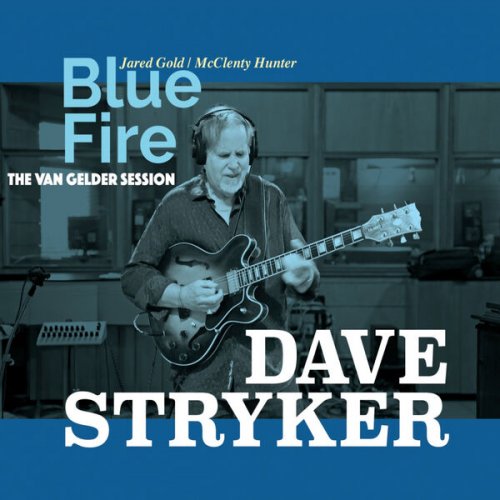
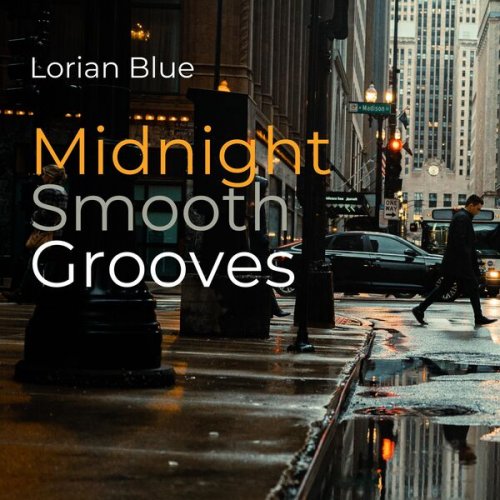
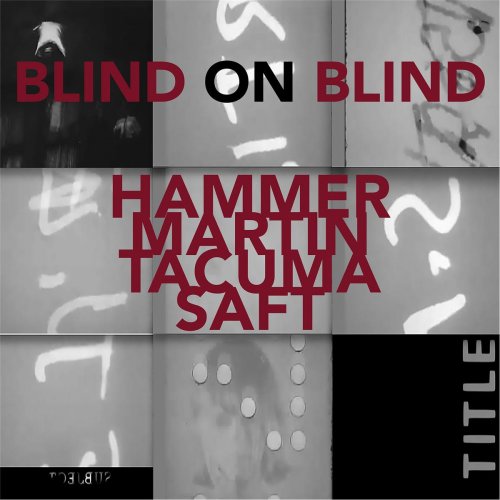
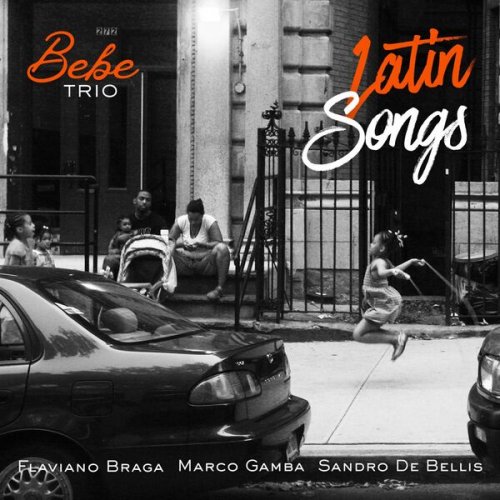
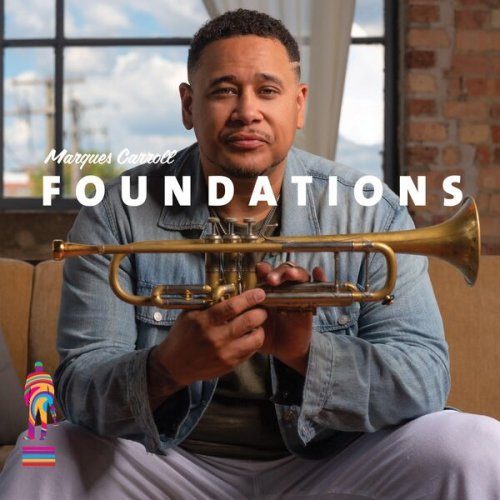
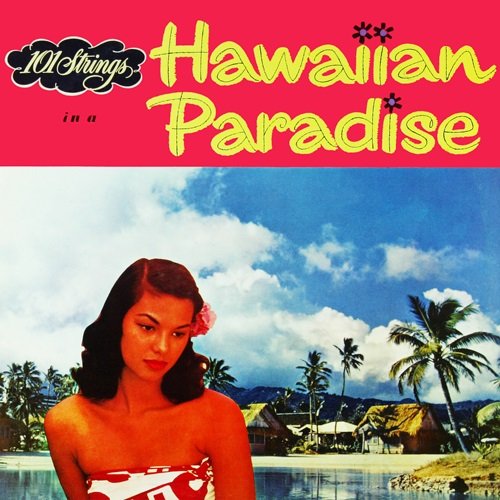
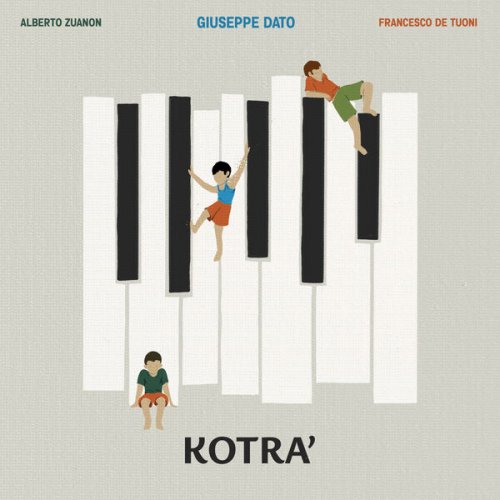
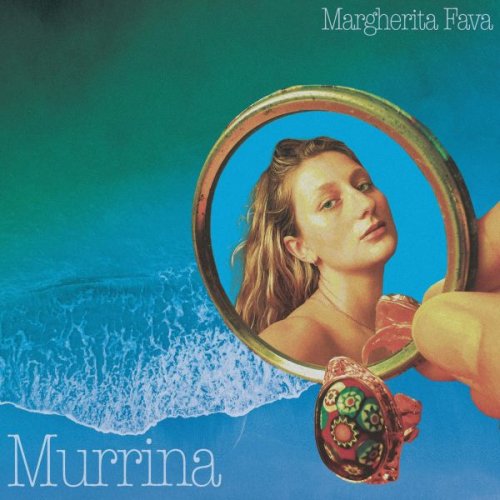
![Etta Jones - If You Could See Me Now (1979) [Vinyl] Etta Jones - If You Could See Me Now (1979) [Vinyl]](https://www.dibpic.com/uploads/posts/2026-01/1767962064_5.jpg)